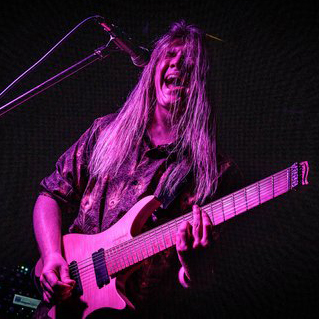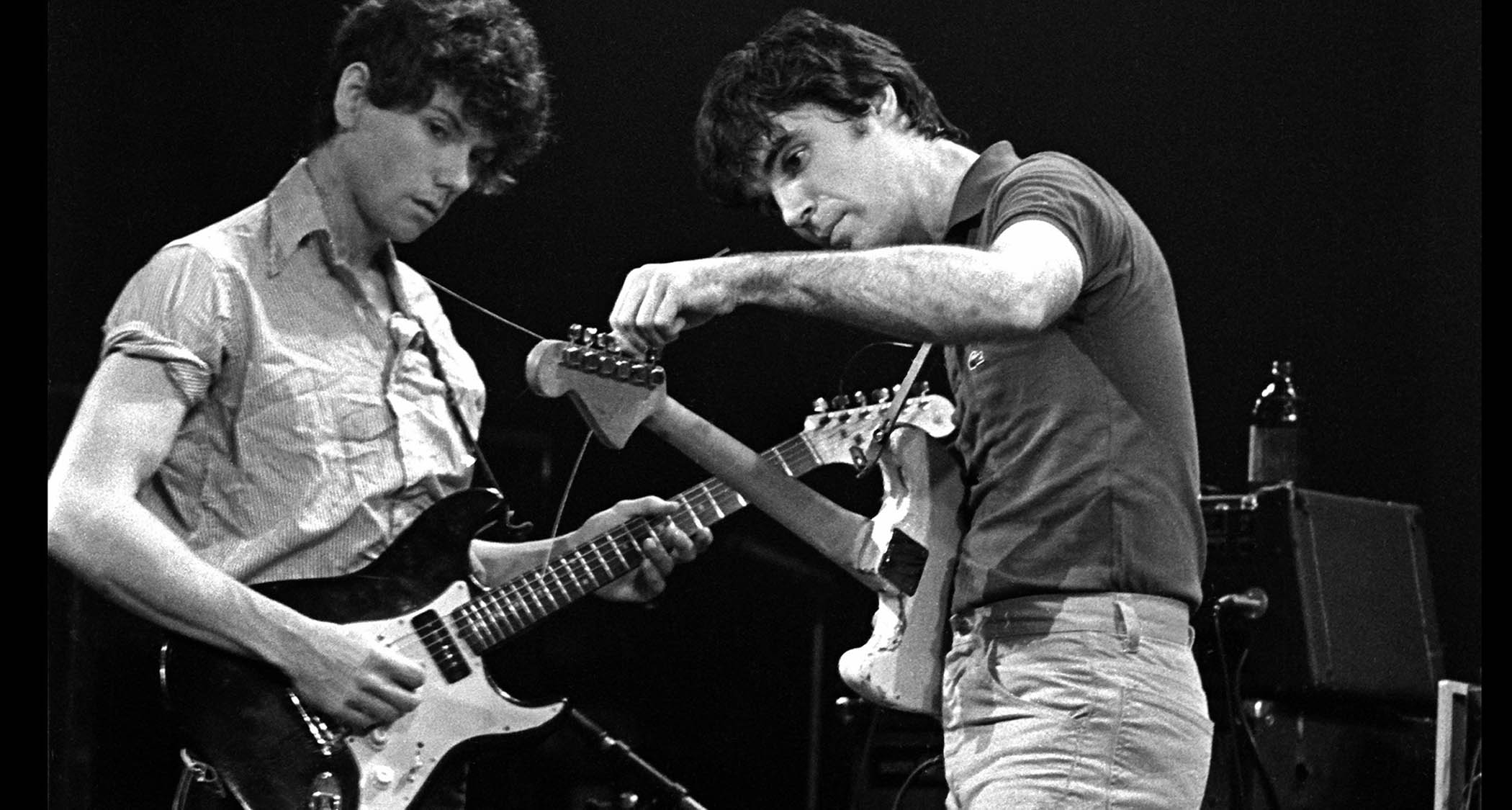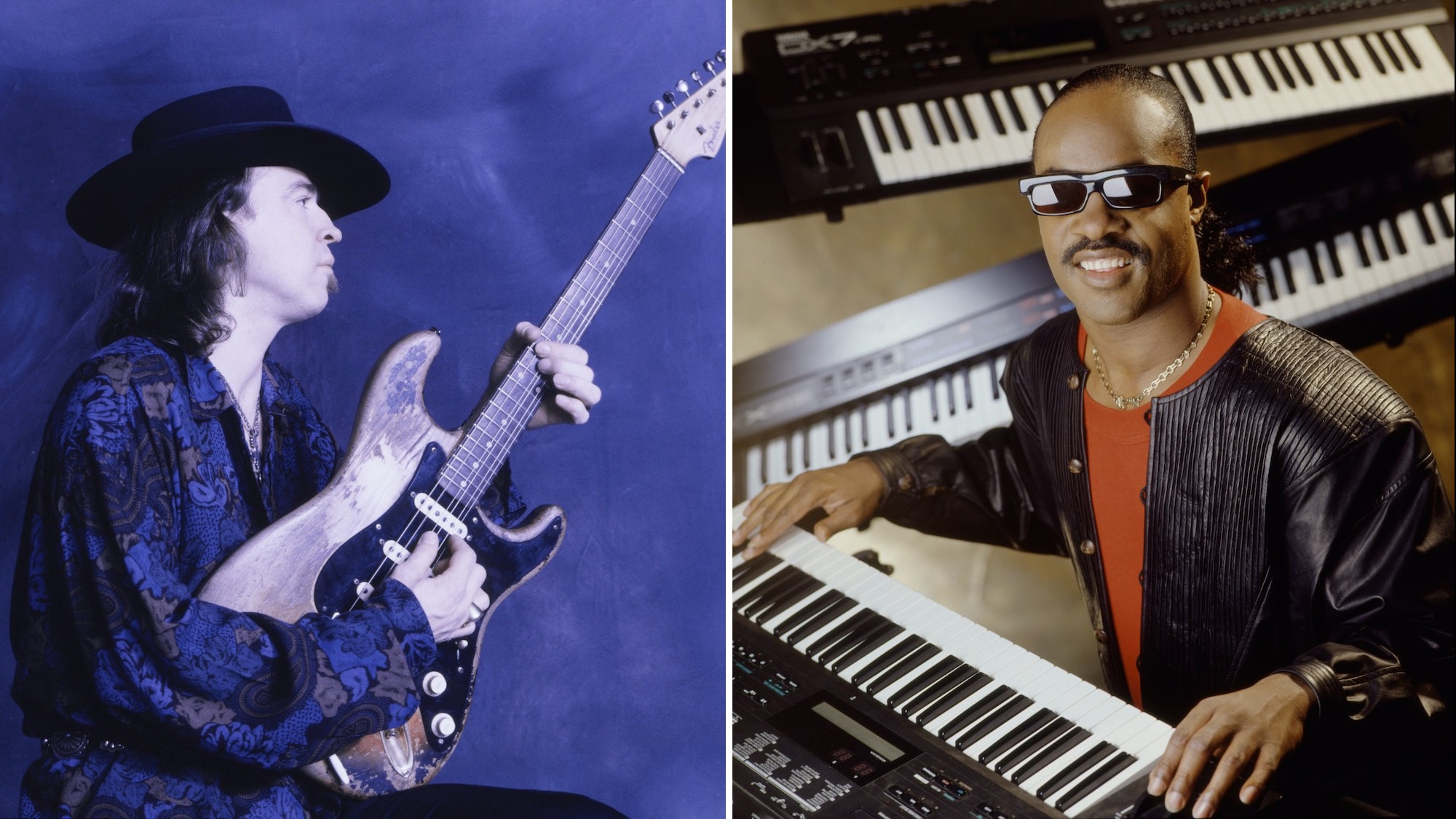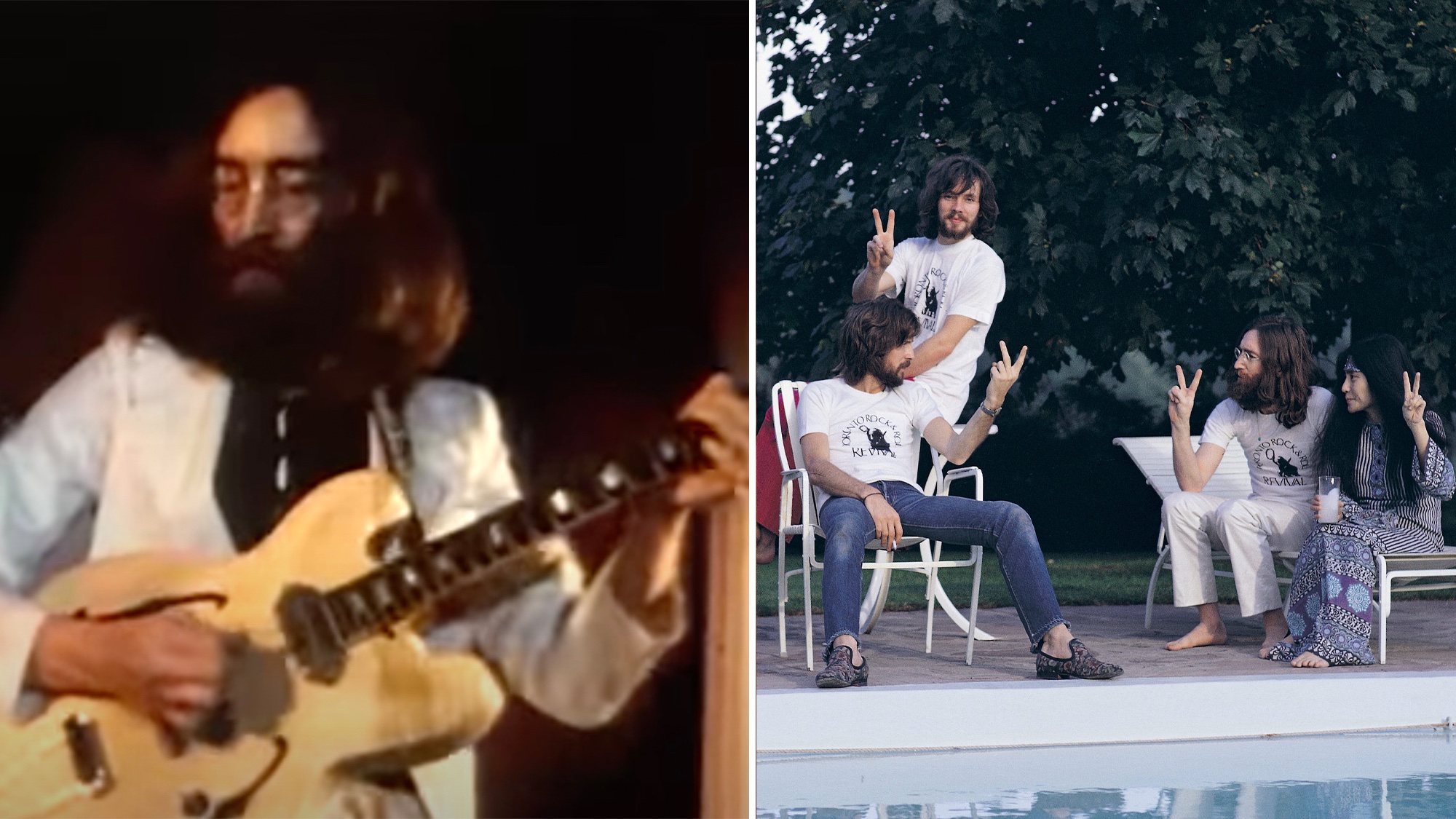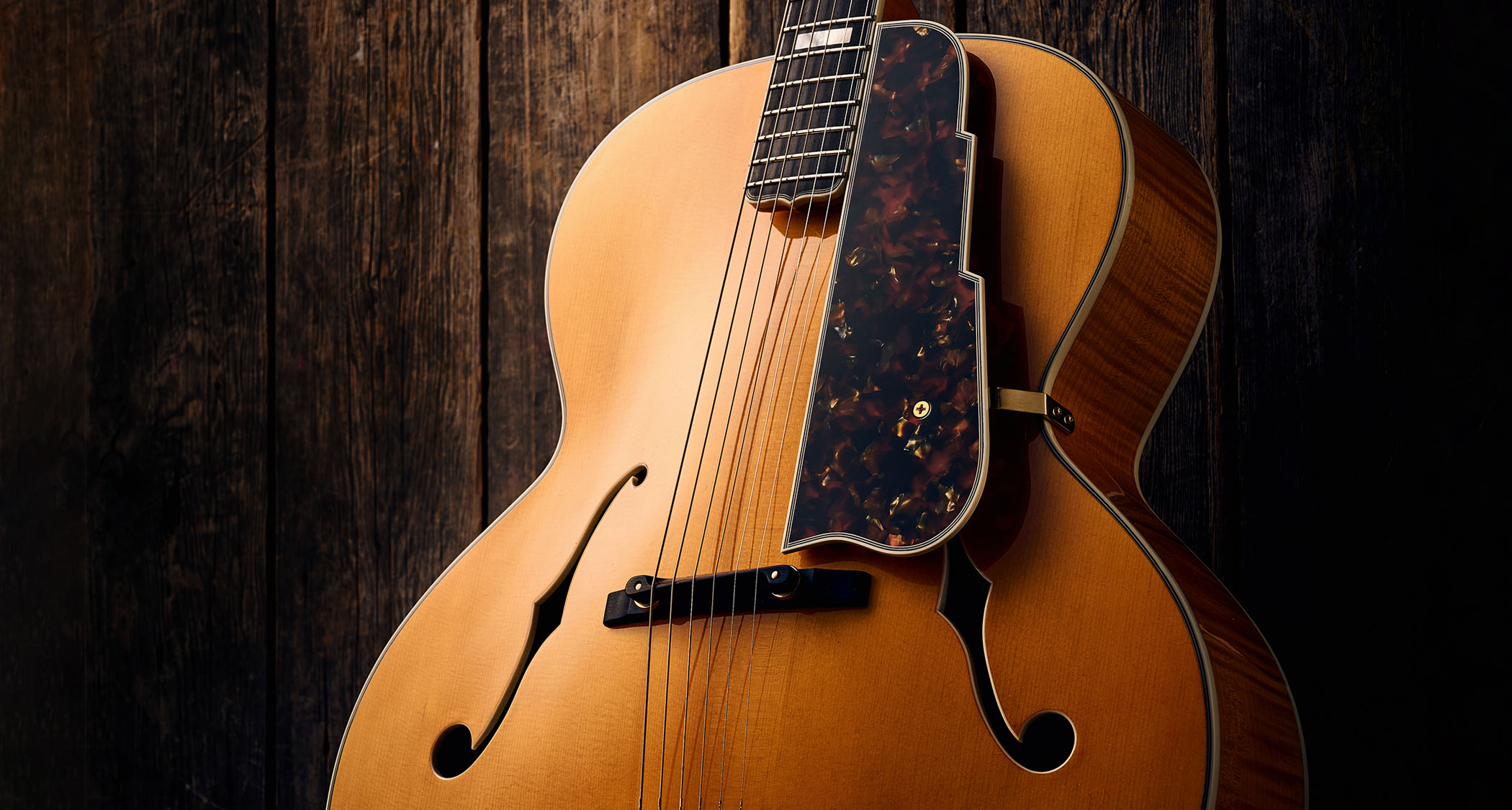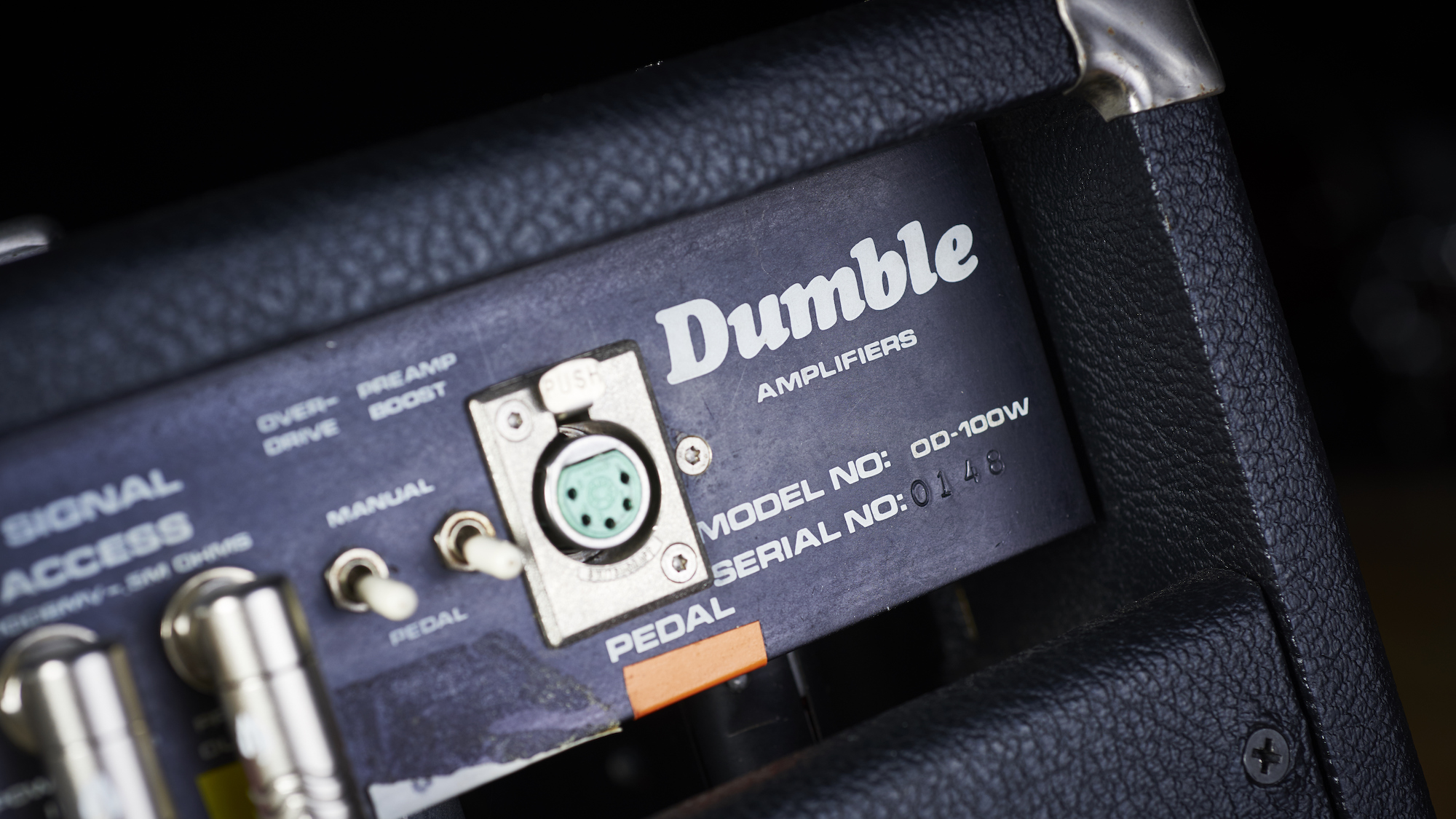“You better be ready to prove it’s something you can do”: Giacomo Turra got exposed – but real guitar virtuosos are being wrongly accused of fakery, too
More and more accusations are being thrown at players for doctoring their chops to gain clout on social media. So how much of it is true – and where should you draw the line?

The story of Giacomo Turra is a clear health warning for the guitar scene, but just how widespread is the issue of fakery online? And how should players – in particular, genuine guitar virtuosos – handle themselves on social media?
Turra’s case took the guitar scene by surprise because we’re well used to accusations of fake technique – but much less so the brazen lifting and (initially) uncredited reproduction of other player’s solos. That should be easier to spot.
With cases like this, it’s not surprising that viewers have become increasingly sceptical about the playing elements that can be more easily manipulated through recording and editing – namely speed, clarity and pitch.
Among the noise, though, there are virtuosos who’s real technique is being wrongly accused of fakery.
“Shame it’s fake.” “It’s not even guitar anymore.” “People try too hard these days for views, man.” These are the type of comments that players like Charlie Robbins and Spiro Dussias [AKA Spiro] are plagued with online. Both have brought next-level techniques to the fore – only to be called fakers.
They’re not the only ones, either. A vocal fraction of the online guitar community remains adamant that many contemporary players are misrepresenting their abilities for clicks and kudos. How much truth is there in that claim?
Guitar World spoke to Robbins, Dussias, and the UK-based music academics behind the 2023 study Rock Guitar Virtuosos: Advances in Electric Guitar Playing, Technology, and Culture – Jan-Peter Herbst and Alexander Paul Vallejo – to discuss just how far it goes and how guitarists can navigate the increasingly fraught social media landscape.
Get The Pick Newsletter
All the latest guitar news, interviews, lessons, reviews, deals and more, direct to your inbox!
Intent and forgery
When it comes to what makes a fake, it is universally agreed by our interviewees that it comes down to intent. As Vellejo says: “Faking comes with the intent to deceive the audience that you have abilities which you actually don’t.”
Well-shot videos are part of Robbins’ brand and he confirms that he’ll “record the riff beforehand”, so he’s usually miming in his videos [artists have been doing that since the video era began – Ed] but he notes he can play the riff – and has proven so repeatedly via “100% raw riff footage” often posted in response to negative comments.
So is it dishonest, or just good filmmaking? In Robbin’s case the intent is not to deceive people about his raw ability, but rather to deliver good production value – and he is transparent about that process.
Not everyone’s intentions are good, though, and then there are those who view the production techniques as creative tools.
“There are absolutely players out there who are intentionally dishonest with what you’re seeing and hearing,” states Spiro. “On the flipside, there are some great sincere artists whose sound is the combination of editing, production and technique.”
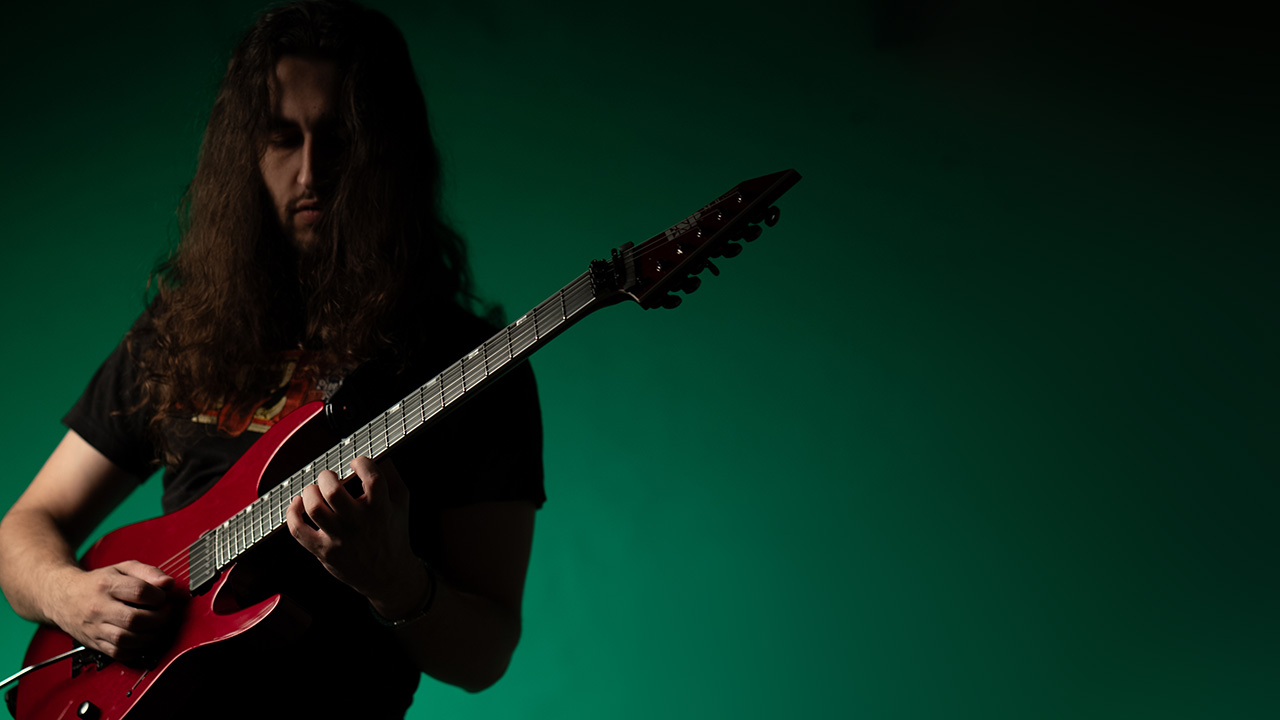
Vallejo posits the idea that players should post videos with disclaimers; but Spiro doesn’t think anyone needs to be so transparent.
“They are artists who owe you nothing,” he says. “Any amount of mystique and discretion is up to them. Ariana Grande doesn’t owe you a disclaimer on how much tuning was applied to her vocals.
“But this stuff becomes important if the technique you’re demonstrating is objectively extreme – unnatural in how real it seems. In those cases, you better be ready to prove it’s something you can do.”
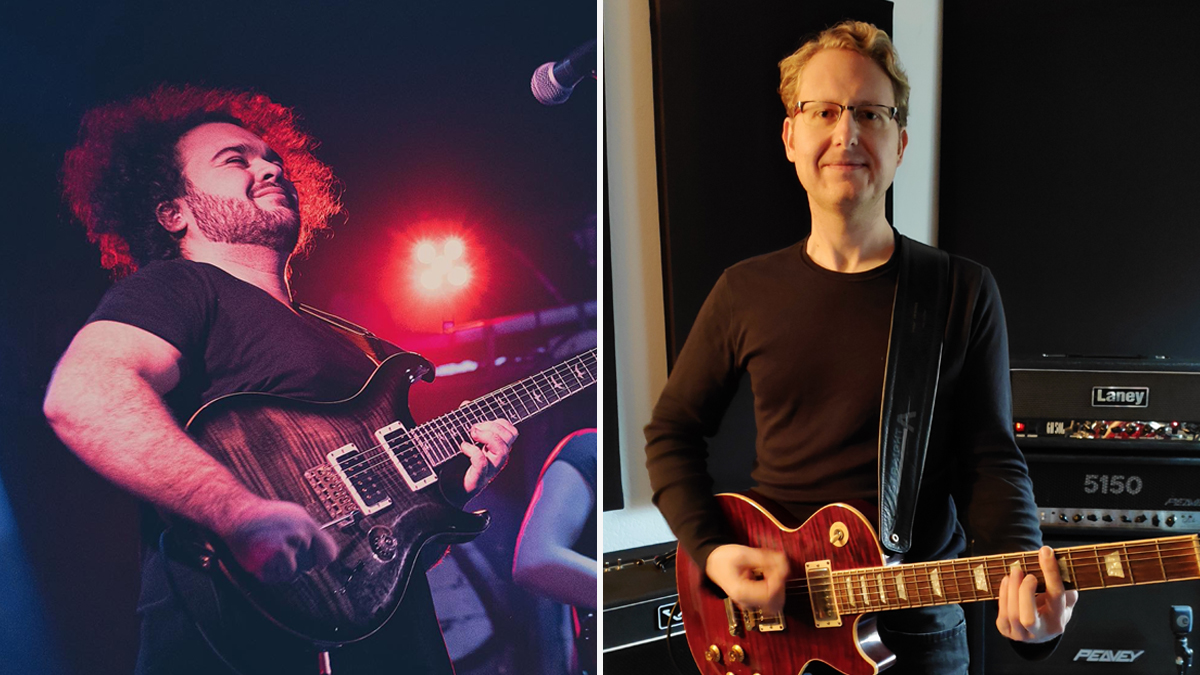
Those who have elaborated offscreen, Spiro suggests, “can make people think too simply about other players, and what’s possible on a guitar. I always encourage people to explore the production side of guitar.”
He cites Matteo Mancuso as an example of someone who’s on “the true technique side of innovation,” adding: “It’s assumed you’re seeing how real technique translates to the viewer in its truest form. I think players should be encouraged to contribute in both of those spaces – but if you claim to be in that second camp, you’ve gotta back it up.”
Societal impacts
On the subject of why fingers are being pointed so freely, Herbst points to the prominence of fake news, which “has put more consciousness around the topic of false narratives.” People are now less willing to accept things at face value.
“Pretty much everybody I know will get hit in some way or another,” says Robbins. “It's a rite of passage.” He’s eager to debunk his debunkers: “I've always thought of it as a fun little back-and-forth. Maybe if someone did have doubt, they'll see that it’s legit.
A post shared by Charlie Robbins (@charlierobbins93)
A photo posted by on
“Generally, those videos also get more traction too, because it's showing, 'Oh wow, this guy is calling him out and he's doing it!’”
Indeed, Herbst theorizes that social media’s algorithms might reward “certain presentations that are controversial, by the nature of their reactions” – so the battle between shredders and naysayers is being amplified exponentially.
Understanding innovation
“It usually goes crazy when I introduce a new technique of some sort,” Robbins says, acknowledging that the sound of his selective picking riffs don’t marry with the visuals of their performance. There may be a disconnect between what’s heard and the listener’s understanding of certain mechanics.
“I don’t deal with it as often maybe because the majority of what I share on the internet is raw, close-up iPhone footage of me playing,” Spiro says. “I try to make sure that you can hear all the nuances of the pick attack, usually with no audio in the background.
“If you’re going to do anything novel or extreme on a guitar in 2025, get in the habit of regularly recording and sharing your raw footage/audio,” he advises.
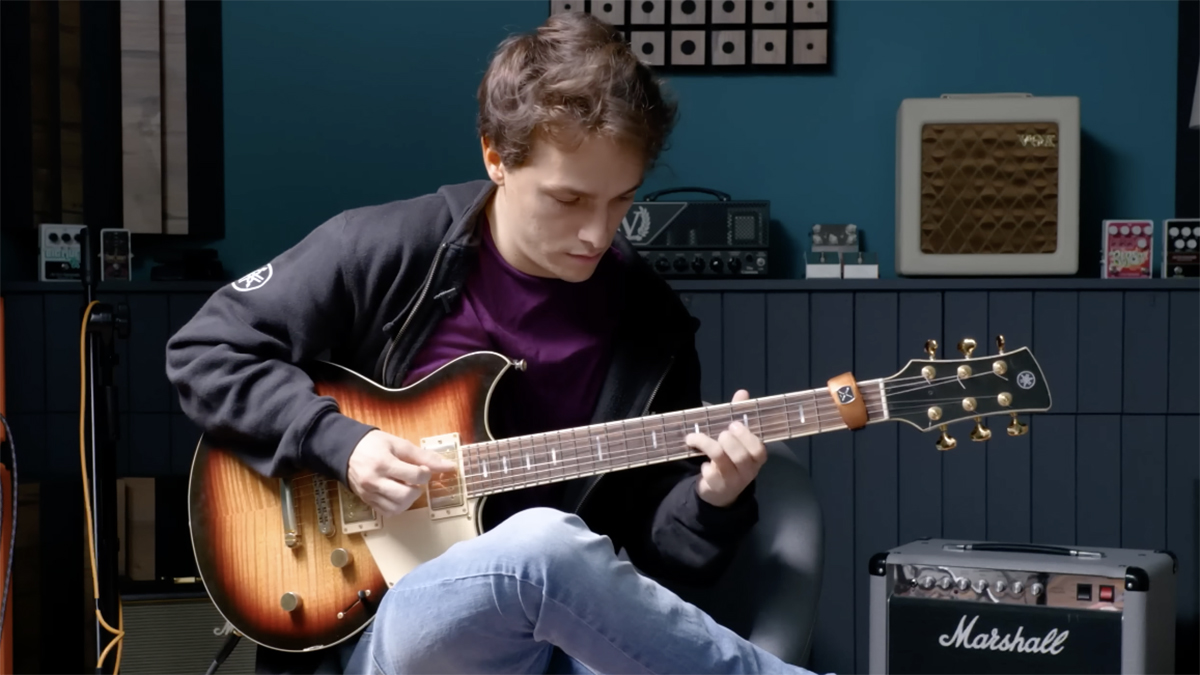
A shifting landscape
There may be a generational divide at play. Herbst notes that accusations of faking weren't banded around so much in the ‘80s “because players were proving their skills onstage every day, and they’d do masterclasses. These are settings where you can’t really fake it. You’re very close to your audience.
“Eruption is a prime example. The band stops and you hear Eddie Van Halen playing. Even though in the studio you can do some trickery, when you see it done live you can be convinced that everything is very genuine. Nobody would question the musicianship.”
But with streaming prevalent and touring costs rising, many players are finding they don’t need bands and that bedroom content is the most viable career path. That breeds cynicism from certain pockets of the community.
“The shift online is definitely part of the issue here,” Herbst says. “Many don’t even have full songs released – it’s all snippets on social media. There’s less chance to convince people about the authenticity of the skills.”
Vallejo adds: “A lot of the time, social media is a backbone to players’ careers. They’re under constant pressures to post, and to post high-quality videos, and push boundaries each time. They’re asking, ‘What can I bring to the table that’s unique?’
“A lot of guitarists tend to go down the technical route, or the route of sonic exploration. Almost everybody seems to be a virtuoso nowadays. To stand out from that takes a lot. And I think those pressures make guitarists go in these directions.”
A rock and a hard place
If we’ve learned anything from Turra – or the myriad other online controversies – it’s that you might be able to fake it until you make it, but sustaining it is a different matter – sooner or later the fakers will be tripped-up.
The modern-day virtuoso, whether in their bedroom, out on tour – or both – faces a creative struggle. They’re pushing their limits and that of their instrument, while simultaneously being put under the microscope.
It is the dilemma that Herbst and Vallejo first laid out in their aformentioned 2023 study, of striking the balance between the audience’s expectations of both perfection and authenticity.
It’s not surprising that a few players cannot resist the temptation of massaging their playing just a little too far, but it ultimately comes down to intent – and if you’re pitching for technical acclaim, transparency.
Keep those two things in mind and you can’t go too far wrong.
A freelance writer with a penchant for music that gets weird, Phil is a regular contributor to Prog, Guitar World, and Total Guitar magazines and is especially keen on shining a light on unknown artists. Outside of the journalism realm, you can find him writing angular riffs in progressive metal band, Prognosis, in which he slings an 8-string Strandberg Boden Original, churning that low string through a variety of tunings. He's also a published author and is currently penning his debut novel which chucks fantasy, mythology and humanity into a great big melting pot.
You must confirm your public display name before commenting
Please logout and then login again, you will then be prompted to enter your display name.
“Imagine the roaring intensity of Meshuggah’s live performances echoing through your rig”: Meshuggah’s world-ending guitar tones are now available in a signature pedal
Green Day’s Billie Joe Armstrong tackles one of Randy Rhoads’ most iconic solos – tapping and all – in live cover of Ozzy Osbourne’s Crazy Train
